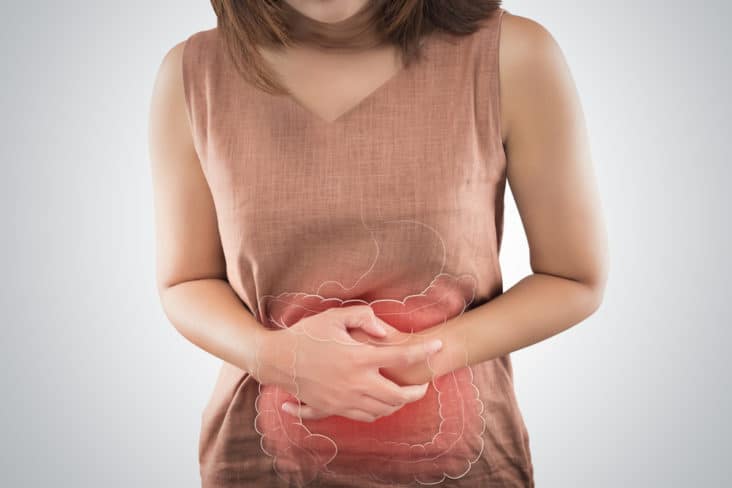Bowel polyps or ‘colon polyps’ refer to small growths of tissue on the wall of the colon or rectum. There are two primary types of growths known as adenomas and hyperplastic polyps. Adenomas may result in cancer if they aren’t detected and removed.
Medical professionals recognise the risk these polyps present and recommend frequent checkups, especially since these may not cause any noticeable symptoms. Patients can develop more than one polyp.
This blog identifies the medical procedures used to detect bowel polyps and different treatment options available. Patients over the age of 50 should undertake regular screenings to ensure that the presence of bowel polyps does not lead to cancer.
Detection and diagnosis of colonic polyps
There are many methods used to detect the presence of bowel polyps. These are done with the view of removing these growths and preventing them from becoming cancerous. If detected early, the chances of recovery are high.
Colonoscopy
This is the primary test used by gastroenterologist specialists to detect colonic polyps and diagnose bowel cancer. A long, flexible tube with a camera is inserted into the patient’s body and is used to examine the entirety of the large bowel.
As a part of this procedure, polyps may be removed or a sample of tissue (biopsy) may be obtained for further medical testing.
CT colonography
The Computed Tomography Colonography is a virtual colonoscopy, which uses X-ray equipment to examine the large intestine for polyps or cancer. A tube is inserted inside the rectum to allow for inflation with gas while CT images of the colon and the rectum are captured.
Flexible sigmoidoscopy
A sigmoidoscopy or flexible sigmoidoscopy is a procedure that allows medical professionals to examine the sigmoid colon, using a flexible tube that’s attached to a light. This helps to check for polyps, abnormal cell growth, and ulcers.
If a polyp is detected, a colonoscopy is required to examine the remainder of the colon and to remove the polyps.
FOBT
High-sensitivity Faecal Occult Blood Tests (FOBT) detect blood in stool that cannot be detected visually. There are various types of this test available to gastroenterologists, including gFOBT and FIT or iFOBT.
According to certain studies, if the gFOBT is performed annually or every other year for individuals between the ages of 50 to 80 years, this can reduce the number of deaths caused by bowel or colorectal cancer by 15%-33%.
Treatment of colonic polyps
Polypectomy
This procedure refers to the removal of polyps with forceps or a wire loop. If a particular polyp is too large, a liquid may be injected under it to lift it and isolate the polyp from the surrounding tissue so that it can be removed.
Surgery
Polyps that are too large or can’t be removed without complications may be removed through a laparoscopy. Here, an instrument called a laparoscope is inserted through the abdominal wall to resect the part of the colon with the polyp.
Colon and rectum removal
For patients who have inherited rare medical conditions such as FAP, surgery may be needed to remove the colon and rectum.
The detection and treatment of bowel polyps is crucial for long-term wellbeing
Bowel cancer is the second-most common type of cancer in Australia. Bowel polyps play a major role in causing this condition in otherwise healthy individuals.
Those over the age of 50 must take the necessary precautions to get themselves tested in order to prevent a similar fate. In this process, consulting trained gastroenterologist specialists, who can diagnose and treat bowel polyps, can lead to better outcomes.

